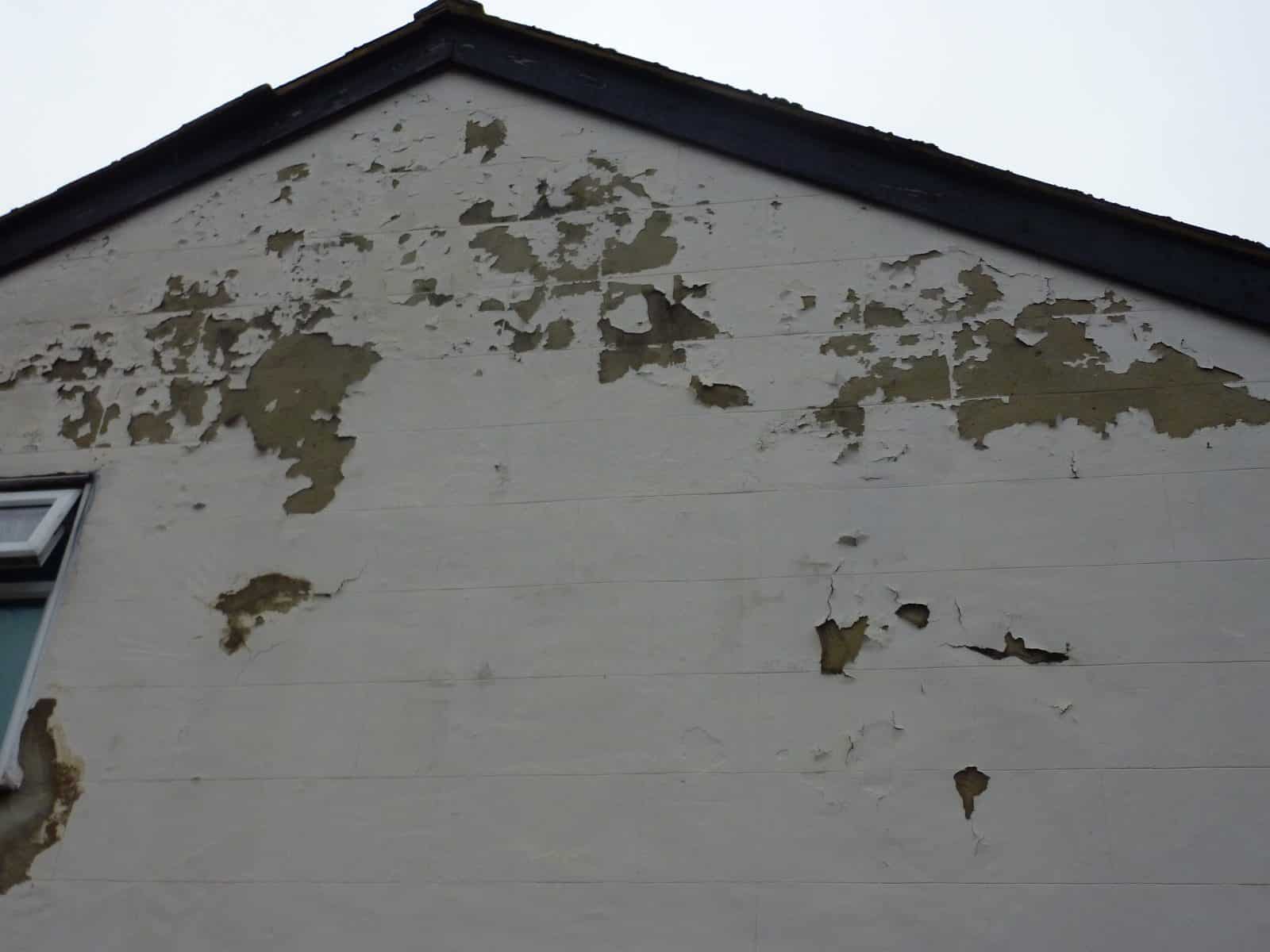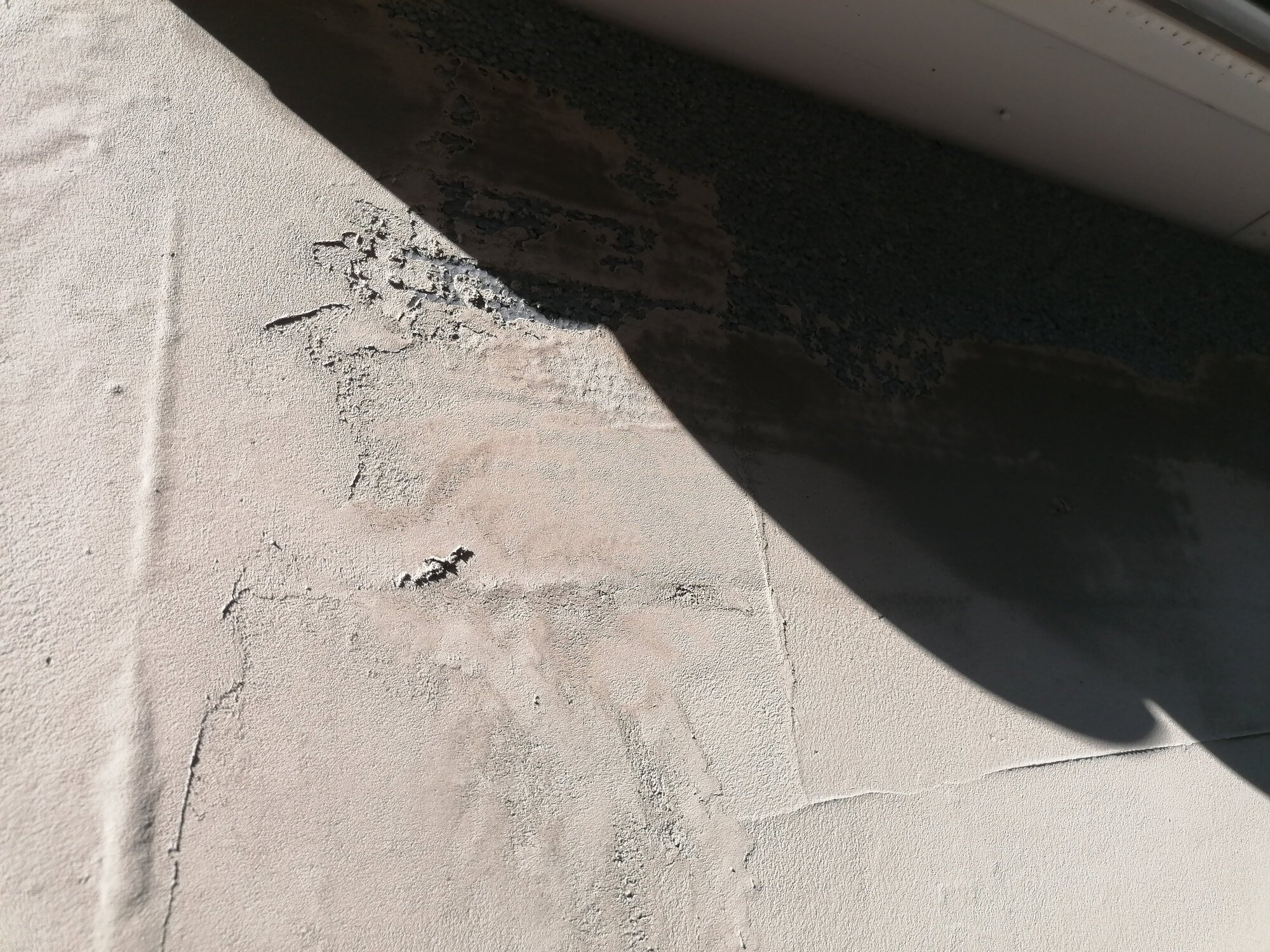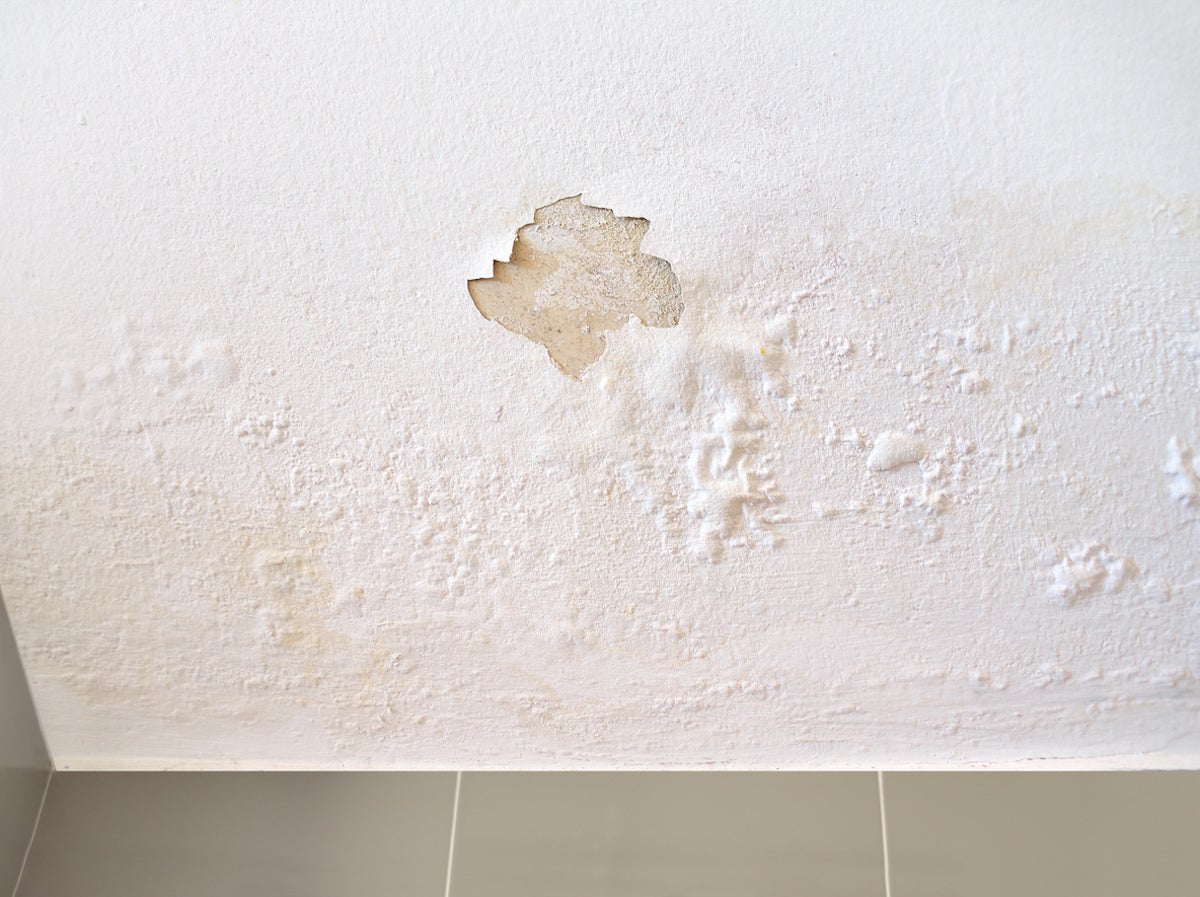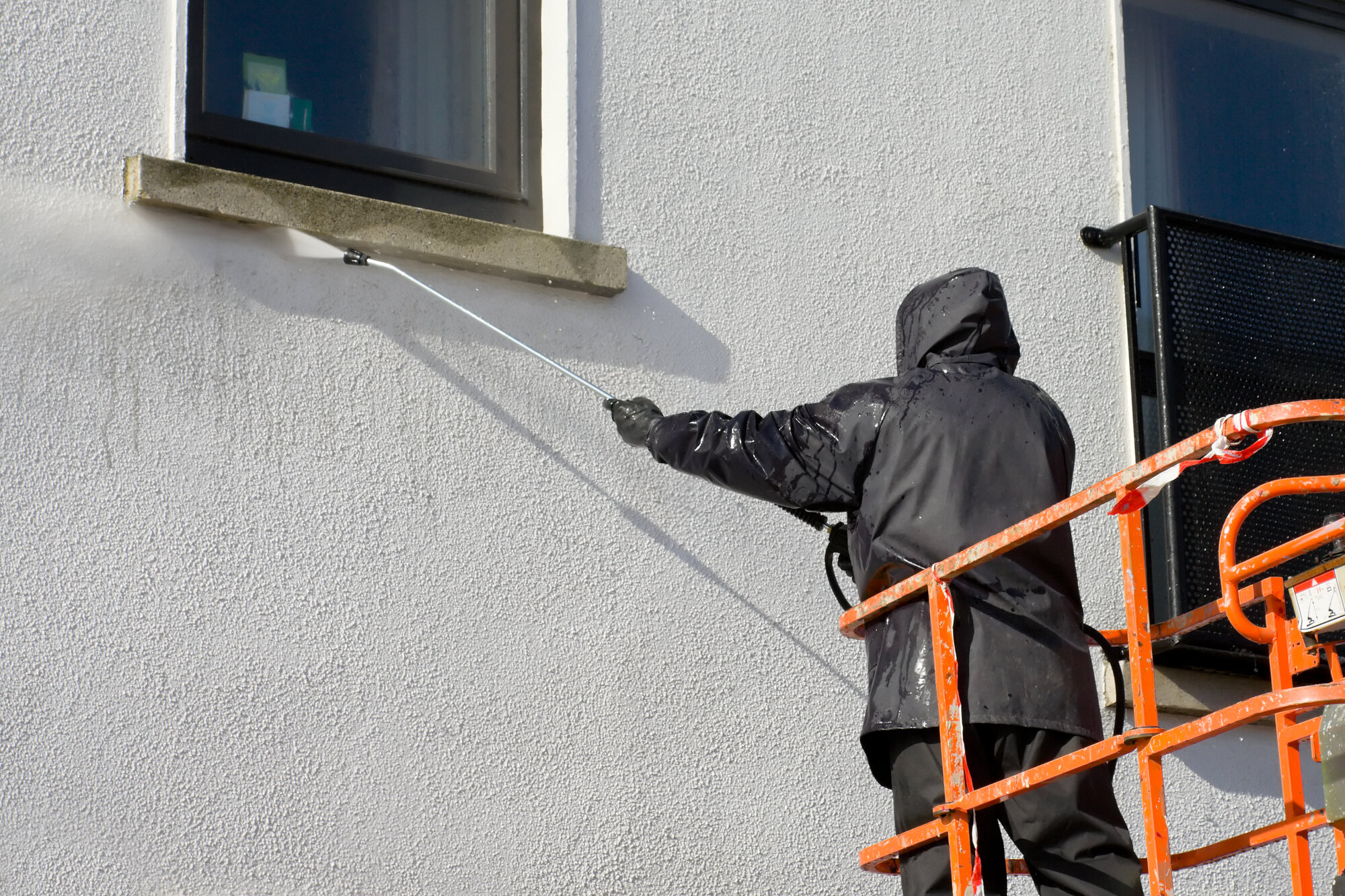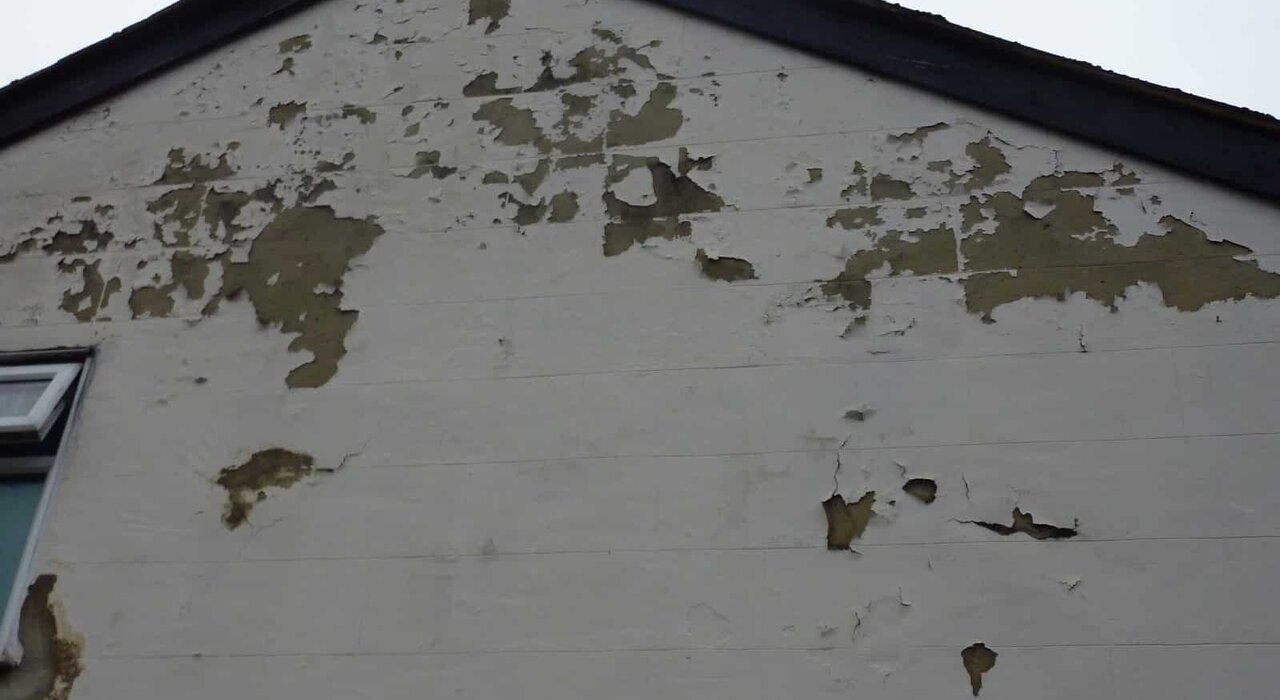
Installing renders can be a tough task, leading to certain render problems. Silicone, Acrylic, Mosaic, Mineral, and Monocouche Scratch Render all have certain properties, and all come with their specific issues. In this blog, we're going to discuss how these issues can crop up and how to fix them. Many of the remedies are very simple, whilst some require more expertise.
Types of renders
At EWI Store, we offer a wide range of renders. Silicone Renders offer unmatched hydrophobic performance whilst also being far more flexible than the other renders. Bioparticles and Nano-Drex molecules offer active and passive protection against microorganisms. Acrylic Render combines many of the benefits of silicone renders at a more favourable price point; the sacrifice is the length of performance offered. Mosaic Render sits at the centre of our below DPC insulation range due to its excellent hydrophobic qualities. In combination with XPS, Mosaic Render forms a completely watertight barrier.
Mineral Render, when sealed with Silicone Paint, forms a hydrophobic and frost-proof envelope. The accelerated drying times make Mineral Render a very popular option for winter work. Monocouche Scratch Render completes a textured façade finish. However, all of these renders can be subject to problems with installation. The best way to ensure that the render is installed properly is to ensure you follow our install guides.
Render problems - cracked topcoat
Topcoat is another word for render finish in the industry, and it can be subject to cracking. There are several reasons for this, however, the primary reason is that the render is applied too thick. Cracking can also occur because the suspension liquid that the aggregate is in shrinks as it dries. Moreover, the process of thawing can accelerate the formation of cracks. The key to the application is that the topcoat render is applied at the thickness of the aggregate. The grain sizes for this include 1mm, 1.5mm, 2mm, or 3mm. Repairing the cracks depends on the size of the affected area.
Firstly, you can remove a square of render around the affected area and apply a basecoat and render topcoat to this area. This involves taking an angle grinder and cutting a clean square around the impacted area. The downside to this option, however, is that scarring where the new render meets the old render is inevitable as a consequence of the thinness of the new render. The square, marked out using rendering tape, ensures that the scar looks neat regardless.
Render problems - scarring on topcoat
Scarring can occur during render application, and is visually unsightly. The scarring looks similar to a wave pattern on the façade. There's a couple of things that can cause this issue to occur. Firstly, the render is applied at high temperature. As a result, the render dries too quickly. There is not enough time to texture the render with a plastic float before it dries, resulting in this uneven, unsightly finish.
The solutions can be difficult during periods of high temperatures and long exposure to sunlight. Working in the shade when possible is the ideal scenario. You need extra operatives on site to ensure this is possible.
Render problems - staining to the plinth
The plinth is the bottom course of stones or bricks supporting a wall. The staining tends to happen below the DPC level and is a direct result of splash back of rain from the ground. At EWI Store, we stress the benefits of using Mosaic Render below DPC for several reasons. This render is highly durable, making it ideal for exposed surfaces prone to damage and soiling. Another key advantage of EWI-050 is how easy it is to maintain. The finished render façade can be scrubbed and cleaned without discolouration or loss of mechanical durability.
Render problems - bubbling to topcoat
Bubbling to the topcoat render finish stems from issues earlier on in the application of the EWI or render-only system. When moisture is trapped in the basecoat layer, it can turn into water vapour and proceed to produce bubbles in the render finish. Whilst silicone renders may be vapour permeable, you must ensure the basecoat is fully dry before applying primer. It is also crucial that no water enters the system at any other juncture in the construction. The fix is fairly simple, as you can trim out sections of render and re-render the area.
So, how can you maintain your render?
Regular cleaning and maintenance of your render system will ensure that the system lasts for 25+ years. Silicone Renders will provide resistance to dirt and biological growth. However, it can still occur. In this case, a mild pressure wash will very noticeably and quickly restore the shine of your render finish. The solution is also cost-effective as no special cleaners are required. A mild detergent can help with the cleaning procedure, which should be done on a fan setting. You should also work from the top to the bottom. Before resorting to a very mild pressure wash, you should try to wipe down the surface. The primary one is a simple detergent solution, which is sufficient for most contamination. However, some stains can be more stubborn.
For particularly stubborn stains, we recommend dissolving a dishwasher tablet in lukewarm water and then utilising that solution in cleaning. This cleaning process can include a low-power wash or gently scrubbing the wall with the soft side of a sponge. We strongly recommend not using anything abrasive on a rendered surface due to the potential for scraping and aggregate displacement.
Our final recommendation is to paint over smaller contaminations and stains, particularly those higher up the wall. The best way to cover these small stains is to take a small portion of the render and mix it with water. This creates a solution of the same colour that can then be painted onto the surface with a small brush to cover the stain.
We strongly recommend further protection for your render finish. The EWI Store Nano Drex Protect Render Guard solution creates a breathable, protective barrier that prevents damage caused by rainwater or dirt penetration. Nano Drex Protect Render Guard dries clear with no gloss and once dry, it creates a vapour-permeable layer, reducing the surface's absorbency.

